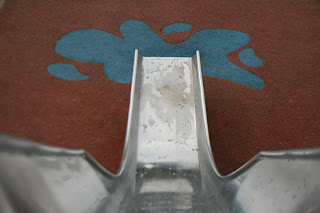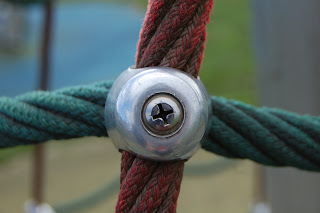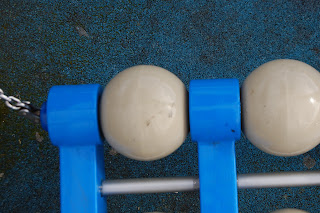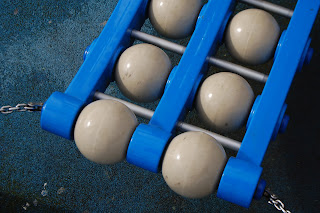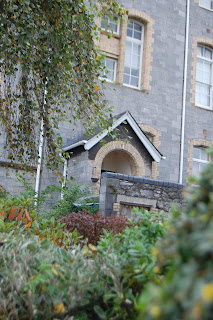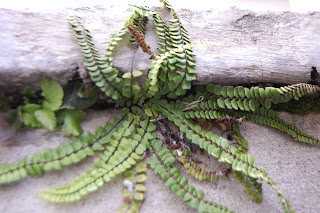The Drunk Mouse
The Burning Skull,
I had 3 Different versions of this image, including the one above:
1.
2.
3.
Monday, 10 December 2012
Monday, 26 November 2012
Textures

First we had a picture of a cabbage. Then I coloured it red using the hue and saturation and cropped it. then i duplicated it and merged the layers
Then I added the letter “J” and flipped it. Then once again I duplicated it. (Transform tools)

Then I filled the screen with the image

Then i added some typography

Then I added the typography to the background image and then
I copied and pasted it.

Which I then caused the colouring of the text to have the
same image as the background

These are all graphite rubbing's that was done for texture examples. We have gone around the college and took rubbing examples of random textures that we could find and This is how they have come out.
Image #1 a moon Effect
Image #3 a Grass Effect
Image #3 Testing:
Image #4 a fuzzy effect
Image #2 a fabric effect
Image #6 a Rocky Stone like effect
Image #7 a Blue Gravel effect
Image #5 a Fibre optic Effect
Most these Photoshop textures where made using the same sort of technique e.g. :
-I choose my Two colour Options
-I go to Filter/Render/Clouds
-I open a Channels tab and select a new channel which is called Alpha 1
-I make a noise effect to make it fuzzy
-Then I give the image a Radial blur
-Then I go back into the layers tab and make the background into "Layer 0"
-After I go to Filter/ Render/ Lighting effects.. and Create a Light Region for my image
-Then when I'm happy with the work I Save The Image as a Photoshop PSD file and also as a Jpeg
I feel the most Successful where Image #5, Image #7 and Image #3 as these three are my favourite out of the 7 Images Created.
Monday, 5 November 2012
My Version of David Carson
This is my version of work based on a David Carson piece
David Carson:
Reference: http://en.wikipedia.org/wiki/David_Carson_(graphic_designer) 10/12/2012
David Carson:
Reference: http://www.davidcarsondesign.com/t/work/print/ 10/12/2012
David Carson was born on September 8, 1954 in Corpus Christi, Texas. Since then he has lived in and traveled extensively throughout the U.S. and Europe and lectured frequently around the world. Carson's first actual contact with graphic design was made in 1980 at the University of Arizona on a two week graphics course, taught by Jackson Boelts. He attended San Diego State University and Oregon College of Commercial Art. Later on in 1983, Carson was teaching high school Sociology in del mar California when he went to Switzerland, where he attended a three-week workshop in graphic design as part of his degree. This is where he met his first great influence, who also happened to be the teacher of this course, Hans-Rudolf Lutz. Carson has a Bachelor of Arts in Sociology.
He became renowned for his inventive graphics in the 1990s. Having worked as a sociology teacher and professional surfer in the late 1970s, he art directed various music, skateboarding, and surfing magazines through the 1980/90s, including twSkateboarding, twSnowboarding, Surfer, Beach Culture and the music magazine Ray Gun. As art director of Ray Gun (1992-5), Carson came to worldwide attention. In a feature story, NEWSWEEK magazine said he "changed the public face of graphic design".
His layouts featured distortions or mixes of 'vernacular' typefaces and fractured imagery, rendering them almost illegible. Indeed, his maxim of the 'end of print' questioned the role of type in the emergent age of digital design, following on from California New Wave and coinciding with experiments at the Cranbrook Academy of Art. In the later 1990s he added corporate clients to his list of clients, including Microsoft, Armani, Nike, Levi's, British Airways, Quiksilver, Sony, Pepsi, Citibank, Yale University, Toyota and many others. When Graphic Design USA Magazine (NYC) listed the “most influential graphic designers of the era” David was listed as one of the all time 5 most influential designers, with Milton Glaser, Paul Rand, Saul Bass and Massimo Vignelli.
Reference: http://en.wikipedia.org/wiki/David_Carson_(graphic_designer) 10/12/2012
Monday, 22 October 2012
Photoshop Demo
Photoshop Demo
"Sheep Solider"
The original image was a wall, A picture of a sheep, A Soldier and an AK47 machine gun. The whole image is a Grey Scale Picture instead of the mostly used RGB (Red,Green,Blue). Also as you an see the spray can effect Behind the Solider/Sheep head and the Gun which was made Using the brush tool and placing Dissolve as the desired effect then i had the opacity at 100% for the Gun and 60% when creating the background for The Rest of the image disclosing the Wall behind. I believe that this Image Symbolises That the Army Get Treated Like animals after they have served there duty.
Banksy:
Banksy is a pseudonymous England-based graffiti artist, political activist, film director, and painter.
His satirical street art and subversive epigrams combine dark humour with graffiti done in a distinctive stencilling technique. Such artistic works of political and social commentary have been featured on streets, walls, and bridges of cities throughout the world.
Banksy's work was born of the Bristol underground scene which involved collaborations between artists and musicians. According to author and graphic designer Tristan Manco and the book Home Sweet Home, Banksy "was born in 1974 and raised in Bristol, England. The son of a photocopier technician, he trained as a butcher but became involved in graffiti during the great Bristol aerosol boom of the late 1980s." Observers have noted that his style is similar to Blek le Rat who began to work with stencils in 1981 in Paris and Jef Aerosol who sprayed his first street stencil in 1982 in Tours (France), and members of the anarcho-punk band Crass, which maintained a graffiti stencil campaign on the London Tube System in the late 1970s and early 1980s. However Banksy himself stated on his website that in all actuality he based his work on that of 3D from Massive Attack, stating, "No, I copied 3D from Massive Attack. He can actually draw."
Known for his contempt for the government in labelling graffiti as vandalism, Banksy displays his art on public surfaces such as walls, even going as far as to build physical prop pieces. Banksy does not sell photos of street graffiti directly himself; however, art auctioneers have been known to attempt to sell his street art on location and leave the problem of its removal in the hands of the winning bidder. Banksy's first film, Exit Through the Gift Shop, billed as "the world's first street art disaster movie," made its debut at the 2010 Sundance Film Festival. The film was released in the UK on 5 March 2010. In January 2011, he was nominated for the Academy Award for Best Documentary for the film.
Reference: http://en.wikipedia.org/wiki/Banksy

This is my final print piece. Its basically my name in graffiti and is melting/ draining and it also has my face after my first name "Bradley". This technique is started by Changing my work as a "Grey Scale" instead of "RGB" then i went to a website called "DaFont" :-
Dafont Website
where I selected a Graffiti Font and installed it into Photoshop then I write my name and adjusted the size and Replaced it to the middle of the screen. Then I added a Liquidize effect and then added my face from Facebook where the original image is:

and gave it a brightness contrast fix then I gave it a n exposer and that is how the image was created.
Print room H&S:
. 2 Fire Exits in the front and rear of the studio
. Assembly point is outside the round about pub
. All personal Belongings to be placed under the tables
. Do not leave any valuables in the studio unattenuated
. Binders, inks and dyes are water based but will stain skin and clothing
. Please wear Aprons, gloves to protect clothing and skin
. Inform technical staff of specific needs to work in the studio
. Any personal electrical equipment must be PAT tested first at the ERC
. Please wear suitable footwear
. Please clean all equipment and tools before leaving the studio
. Remember top collect work
. No eating
. You are able to borrow some tools. Please Liaise with technicians
Monday, 8 October 2012
Subscribe to:
Comments (Atom)
































































